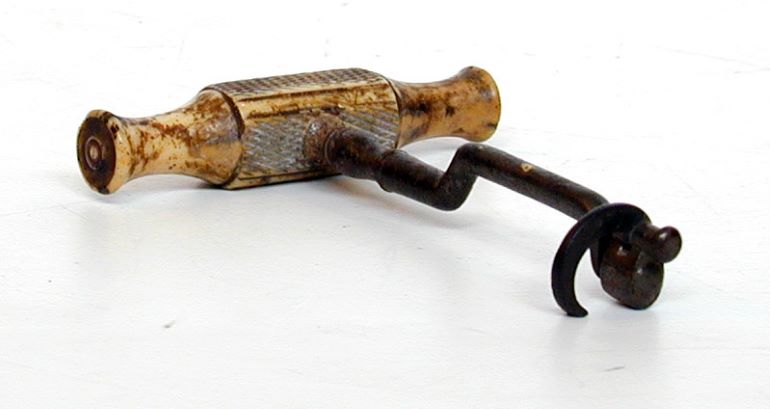Tooth Extractor
Categories
Themes
Collection
Museum of English Rural Life (The MERL) Object CollectionDate
c.19th century
Object Number
51/190
Description
The tooth key, or extractor, is a most primitive device, invented in the 17th century, for extracting teeth – the claw is placed on the inside of tooth and the device is then rotated, using the outside part of the gum (often badly traumatised in the process). Proper dentistry only started to become widely available to the poor from the late 19th century, and would have been unattainable in rural areas until well into the twentieth century, so GPs would often have been called upon to extract teeth, probably the only treatment available at the time anyway. By the end of the 19th century, the introduction of forceps, designed by (later Sir) John Tomes, rendered the tooth key mostly obsolete. The key could have been used by an apothecary, dentist or a pharmacist, who often performed extractions and made dentures until the early twentieth century, or some lay person such as a blacksmith.
It is likely that in reality a village blacksmith or farrier would acquire a considerable degree of skill in extracting teeth; although they lacked any specialist dental equipment, they used pliers. Blacksmiths continued extracting teeth into the late nineteenth century and still do so in some parts of the world today.
Treating tooth-ache in the 19th century could be a gruesome business. Pain would be relieved, it was said, by driving a nail into the tooth until it bled, and then hammering the nail into a tree. The pain was then transferred to the tree. To prevent tooth-ache, a well-tried method was to tie a dead mole around the neck!
Text written by MERL volunteer Gillian Bandy, with help from Richard Havelock of the Berkshire Medical Heritage Centre.
